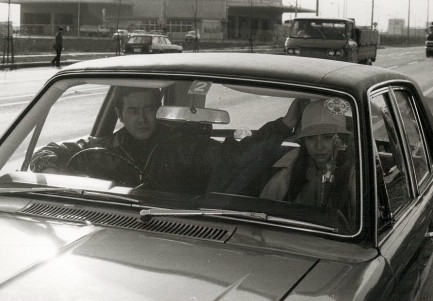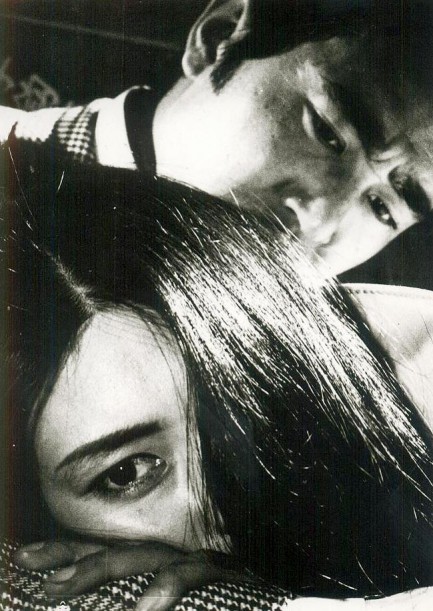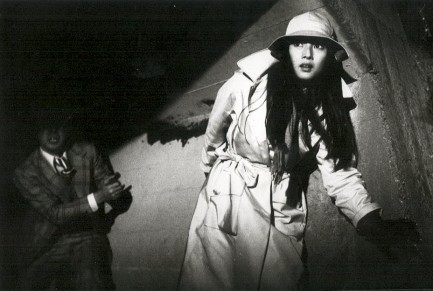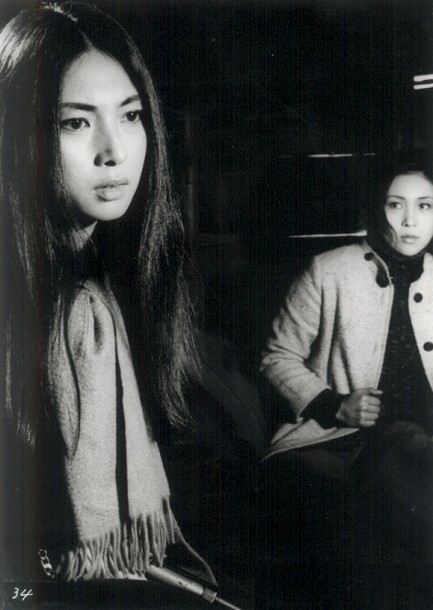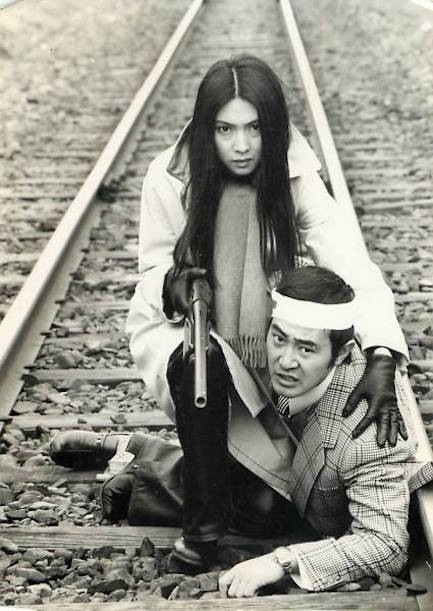| Vintage Pulp | Jun 13 2023 |

They're a hell of a lot of trouble.
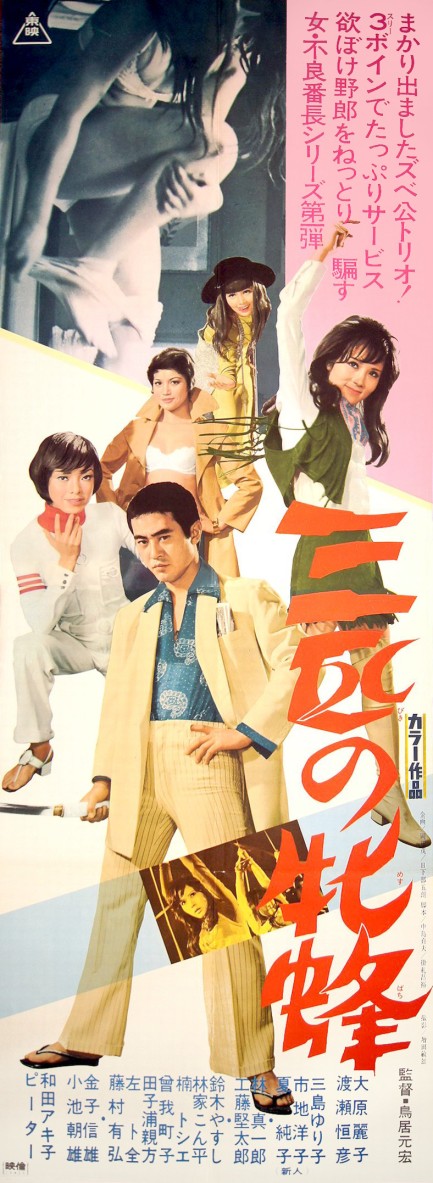
Above: an alternate poster in tateken format for a movie we highlighted last year—Sanbiki no mesubachi, aka Three Pretty Devils. It starred Reiko Ohara, Junko Natsu, and Yoko Ichiji, and preimiered in Japan today in 1970. See what we wrote about it here.
| Vintage Pulp | Jun 13 2022 |

They're trouble in triplicate.
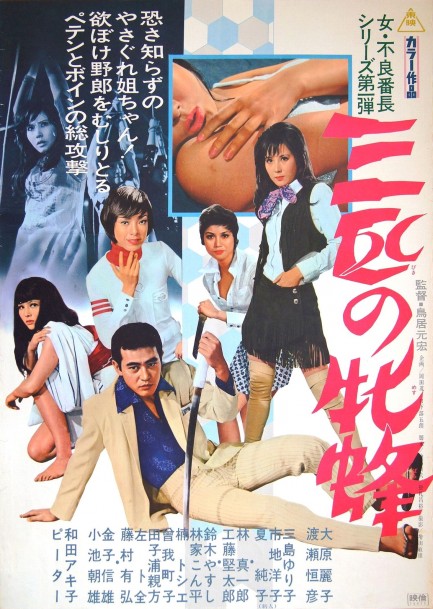
The above poster was made for Sanbiki no mesubachi, usually known in English as Three Pretty Devils, starring Reiko Ohara, Yoko Ichiji, and Junko Natsu. It concerns three female con artists who are running loose during the gigantic World Expo in Osaka. They engage in every type of grift—they pick pockets, sell counterfeit parking passes, coax free meals from bedazzled older men, engage in a little sexual blackmail, and more. Eventually they get the bright idea to put together an escort service for foreigners, but in order to do so have to cross the local yakuza. Needless to say, that's a bad idea.
The yakuza boss, who's played to the edge of caricature by a frowning, sneering Tsunehiko Watase, perceives the girls more as an opportunity than as competition, and wants to turn them into escorts. Ohara's mancrush Saburo, a yakuza footsoldier, tells her to leave Osaka before it's too late, but when the yakuza find out about his betrayal they shoot the poor sap dead. No self-respecting devil gives up easily, so even cold-blooded murder doesn't end the girls' scheming ways. Eventually their chance for a big score finally comes when Natsu appropriates a bank document worth 200 million yen. The yakuza, as always, stands in their way.
Our synopsis makes this all sound dramatic, but the movie is mostly lightweight, with serious moments but a lot of comedy and music. Regarding the latter, legendary gay performer Pītā has a featured role as a transvestite nightclub singer. It was an early role for him. He's on the promo art in the red turtleneck, which is why there are seemingly four pretty devils on a poster where you'd expect three. While he serves as local color in a nightclub that features prominently in the plot, his treatment by the filmmakers is completely respectful, which is noteworthy considering the year. On the whole, Sanbiki no mesubachi is a pretty good movie. It premiered today in 1970.
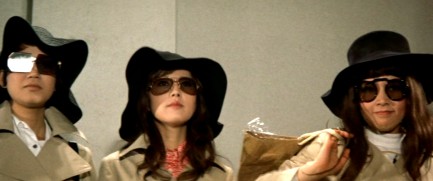
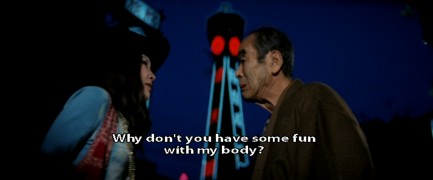
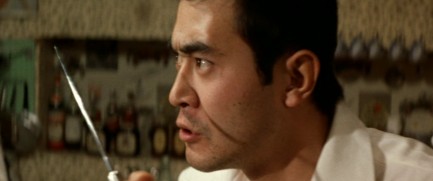
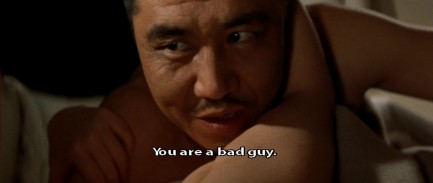
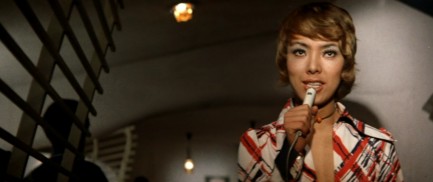

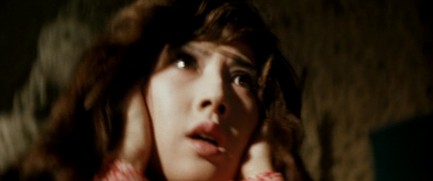
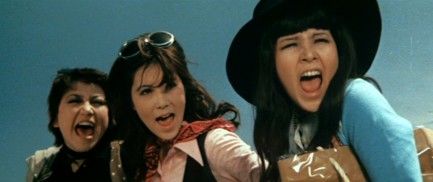
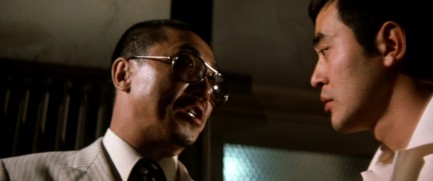
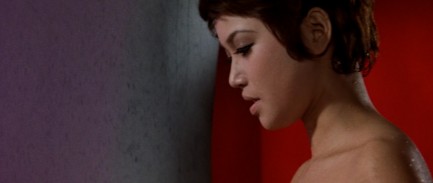
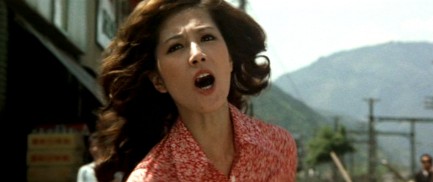
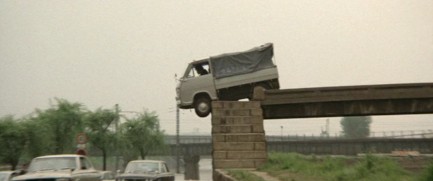

| Vintage Pulp | Apr 28 2021 |

It's ride or die on the streets of Kyoto.
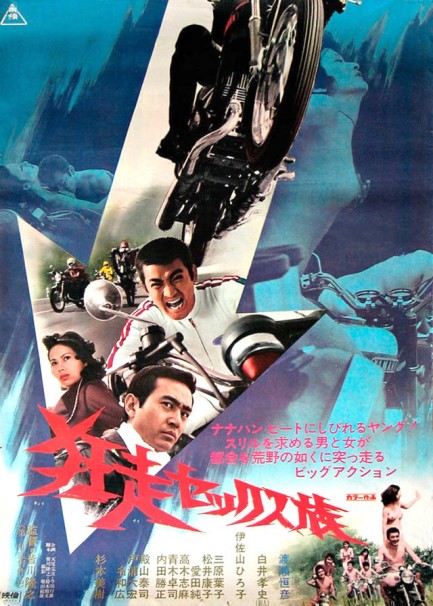
Toei Company goes biker culture for Boso sekkusu-zoku, known in English as Hell Riders in Kyoto and Wild Sex Gang, which combines the typical Toei action film with aspects of American b-movies like Easy Rider and The Rebel Rousers. Takashi Shirai is a nihilistic and lawless twenty-something addicted to speed, and especially to motorcycles. When he's caught speeding by police his obsession goes into overdrive, and he decides to buy a 750cc bike that will enable him to outrun even the cops. Tsunehiko Watase is also obsessed with speed. He couldn't afford a bike to satiate his addiction, which is why he became a motorcycle cop. It allowed him to ride the 500cc bike he desired. Now Shirai is outrunning him. The rivalry between these two leads to one-upmanship that spills from the roadway and into other areas of their lives, but just when Shirai seems doomed the beautiful Miki Sugimoto arrives on the scene, and he starts to see that there's some value to life after all. But is it too late? Well, maybe.
Boso sekkusu-zoku is an interesting but not great entry from Toei that, like many crime movies from the ’70s, hinges on the presumption of redeemability. Shirai is lost, and is a danger to all those around him, but with luck and love he could become a good person. Needless to say, this is a retro concept today, in the age of non-forgiveness, and the belief that punishment must be decisive, vengeful, and usually permanent. For that reason it's interesting to watch the filmmakers here weigh Shirai's potential value. And it's also interesting to see how the cop Tsunehiko threatens to be corrupted by his hatred for Shirai. But these themes are not new, and exploring them as perfunctorily as Boso sekkusu-zoku does is a fatal flaw, in our view. More plot, more depth, more stuntwork, and more commitment across the board would have helped immensely. Still, though, it's worth a watch. It premiered in Japan today in 1973.
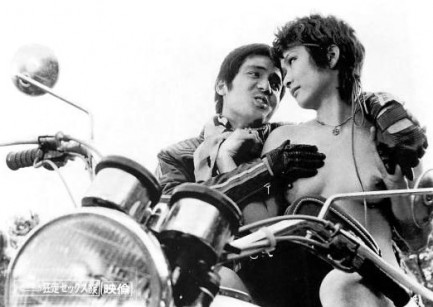
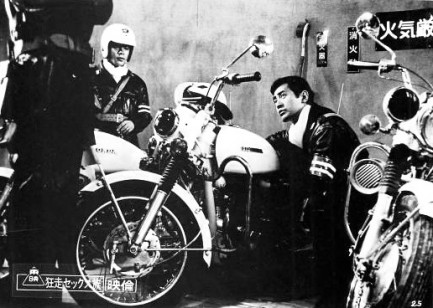
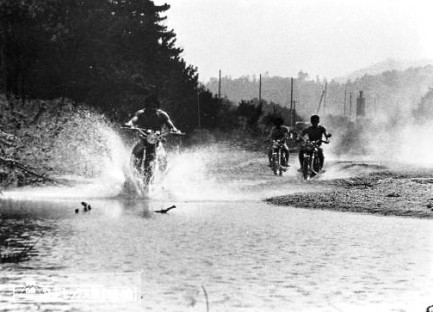
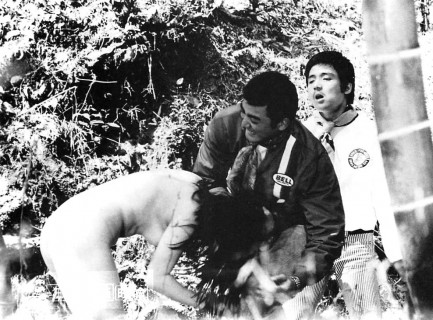
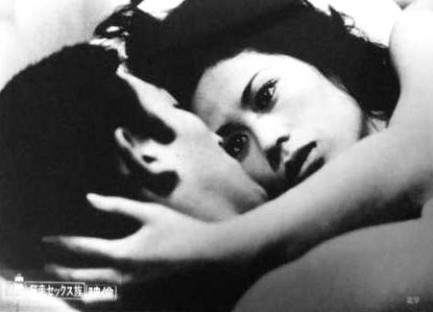





| Vintage Pulp | Feb 10 2019 |

The shot heard 'round Japan.
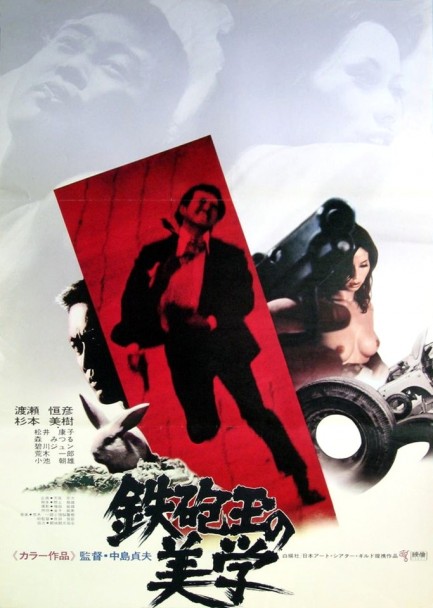
This unusual poster was made to promote a film called Teppôdama no bigaku, known in English by the cool title Aesthetics of a Bullet. The movie came from Art Theatre Guild, or ATG, producers of films in the loose category known as Japanese New Wave, meaning to take a new approach to filmmaking by rejecting traditional ideas and techniques. This one was directed by Sadao Nakajima and stars Tsunehiko Watase as a hot-headed two-bit hustler named Kiyoshi who tries numerous schemes to get ahead, including being a chef, gambling, and breeding rabbits. He fails at all of them, and he's desperate for a break.
When he's given a job by a local yakuza cartel known as Tenyu Group, he quickly learns about the power of a gun. With it he can command others, make them fear and respect him, make them literally kneel. With this gun his sense of self worth is first restored, then inflated. He caresses it, brandishes it, polishes it, treats it better than even the women he lusts for, and the gun confirms that he's superior to others. And once he feels superior he becomes—not to put too fine a point on it—a total asshole. He's actually an abusive chump even before the gun, but the weapon fully unleashes his destructive, hyper-masculine impulses.
The things he does are too ridiculously stupid to get into. Suffice it to say that even for a regular guy these would lead to trouble, but he's Tenyu Group's thug-at-large, which means his erratic behavior and explosive anger offends the other crime bosses. Pretty soon he discovers that he's torn a dangerous rift in the yakuza network. But what Kiyoshi doesn't know—which the audience does from the beginning—is that Tenyu Group hired him in the first place precisely because he's a disruptive fuck-up. Their theory was always that he would spark a gang war. All he has to do is fire that beloved gun once and Tenyu Group will have the excuse it needs.
Aesthetics of a Bullet is obscure, so we knew nothing about it, but we liked it. It's concise, has a strong point of view, and a good supporting cast that includes Miki Sugimoto and Mitsuru Mori. Its only flaw—perhaps unavoidable—is that the lead character is such a misanthropic troublemaker that we could barely tolerate watching him. But we guess that's where the whole rejecting traditional filmmaking comes in. Who needs a likeable or even sympathetic lead? Real life is more complicated than that, and Kiyoshi's fictional life gets plenty complicated too. Even if you can't root for him, at least he won't bore you, and neither will the movie. Aesthetics of a Bullet premiered in Japan today in 1973.
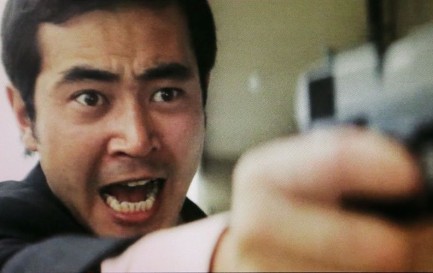
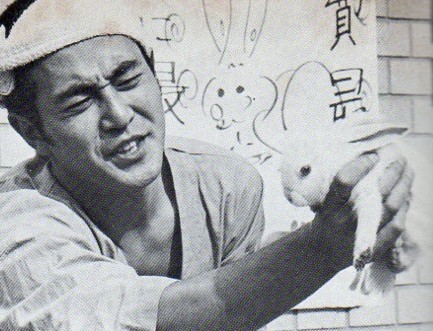
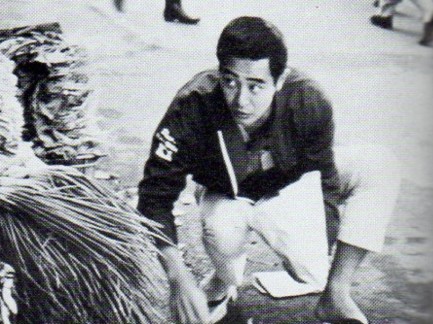

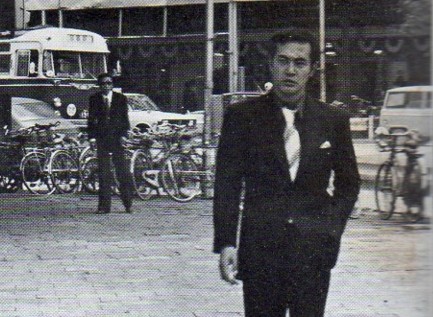
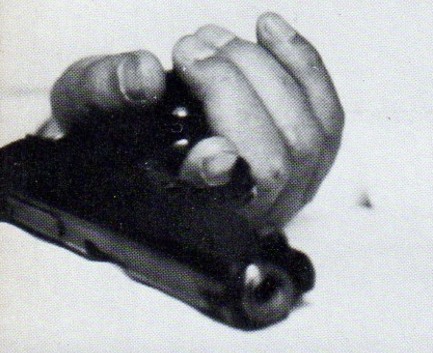
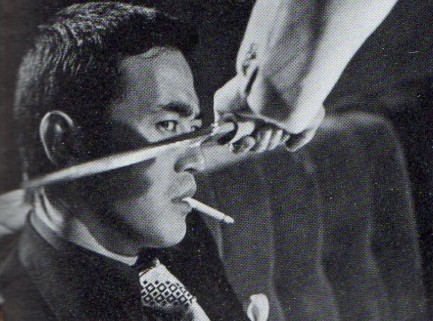
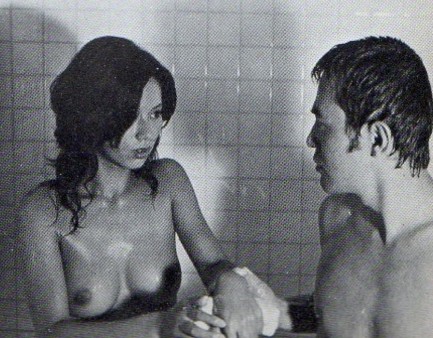
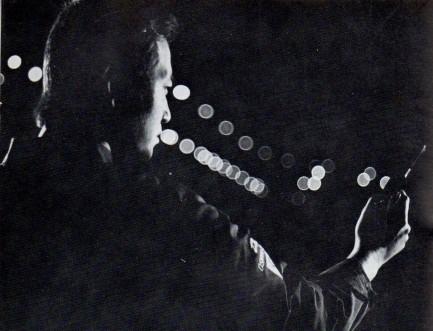
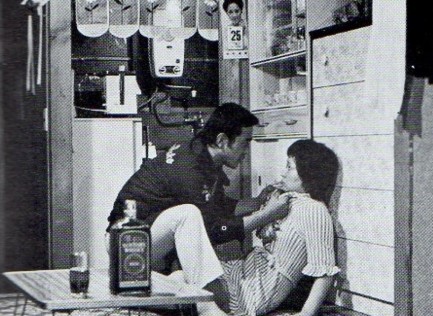
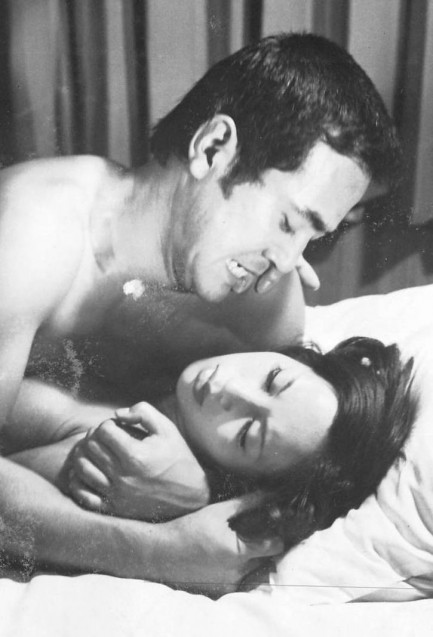
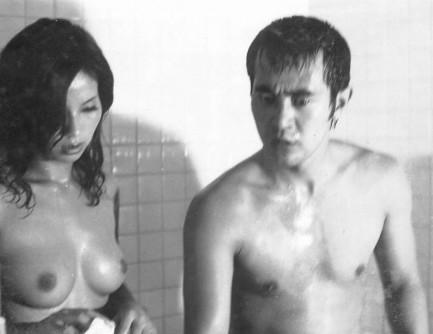
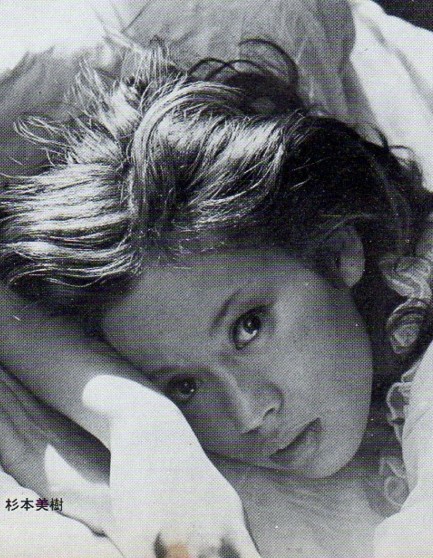
| Vintage Pulp | Mar 30 2016 |

When two incendiary personalities meet the result is bound to be explosive.
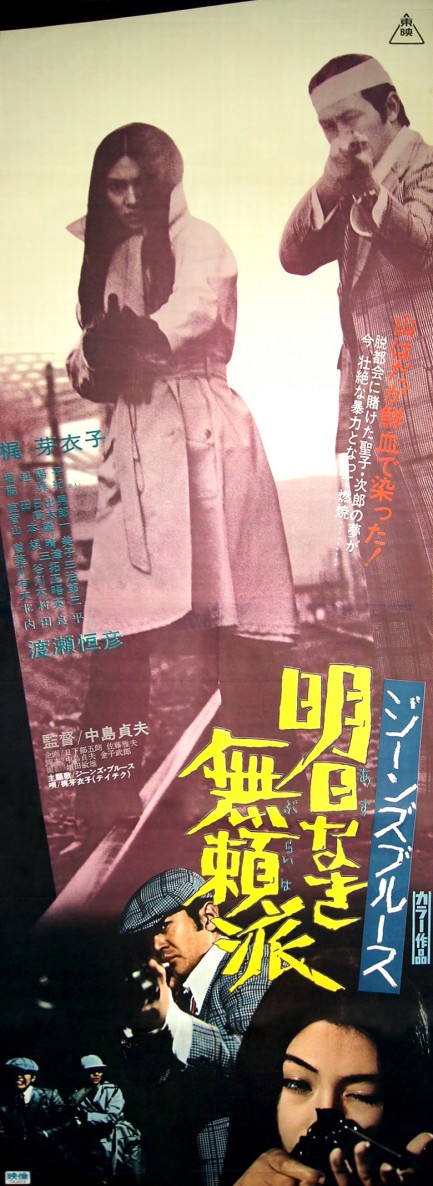
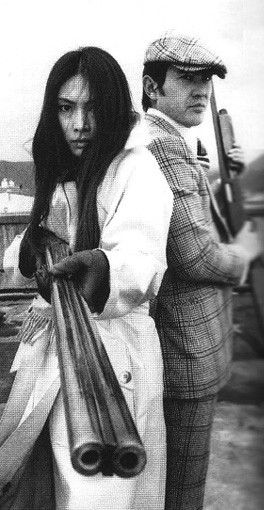 The rare poster above was made to promote the Japanese pinku thriller Asu naki furaiha, aka Jeans Blues: No Future, and it's the only panel-length promo for the movie we've ever seen. Meiko Kaji plays Seiko, who robs the bar where she works. Tsunehiko Watase plays Jiro, who rips off the Yakuza. They crash their stolen getaway cars into each other and from that accidental meeting a partnership is formed and the two scam and rob their way across the countryside like Bonnie and Clyde.
The rare poster above was made to promote the Japanese pinku thriller Asu naki furaiha, aka Jeans Blues: No Future, and it's the only panel-length promo for the movie we've ever seen. Meiko Kaji plays Seiko, who robs the bar where she works. Tsunehiko Watase plays Jiro, who rips off the Yakuza. They crash their stolen getaway cars into each other and from that accidental meeting a partnership is formed and the two scam and rob their way across the countryside like Bonnie and Clyde.Jiro is a bit more serious of a criminal than Seiko, and is in more severe trouble, but Seiko is loyal to a fault now that she's found a kindred spirit. She refuses to leave Jiro even though the Yakuza are destined to turn up—in Japanese movies you can't realistically hope to shake those guys. But even if doom is the final destination there's fun on the road to ruin—speed, adventure, laughs, a little barnyard nookie, and regularly spaced cop murders. Plus you get Kaji and with her you can't lose, even if she does. Watching this was time well spent. Asu naki furaiha premiered in Japan today in 1974.
